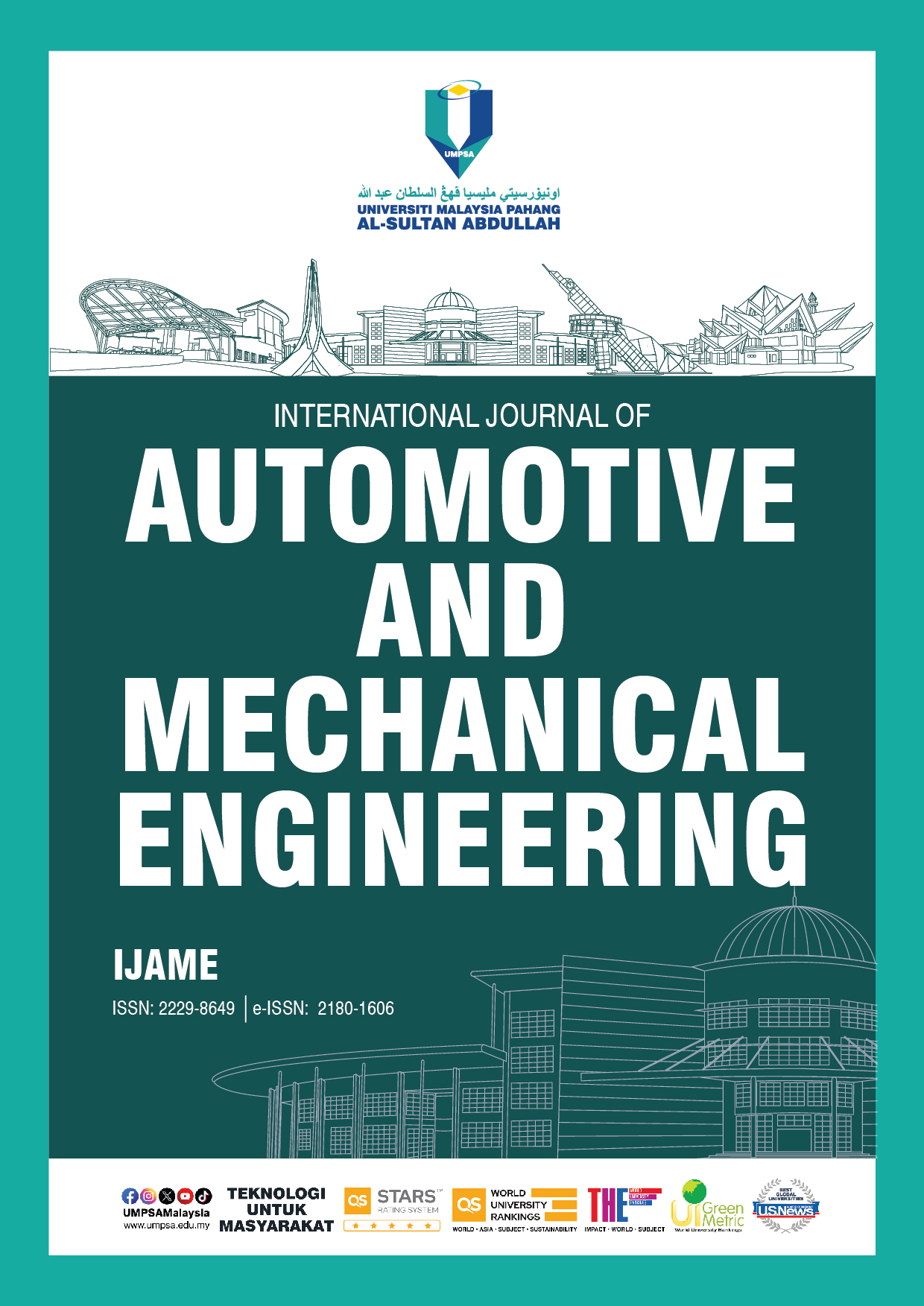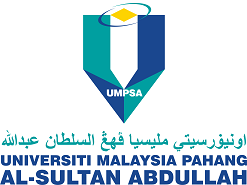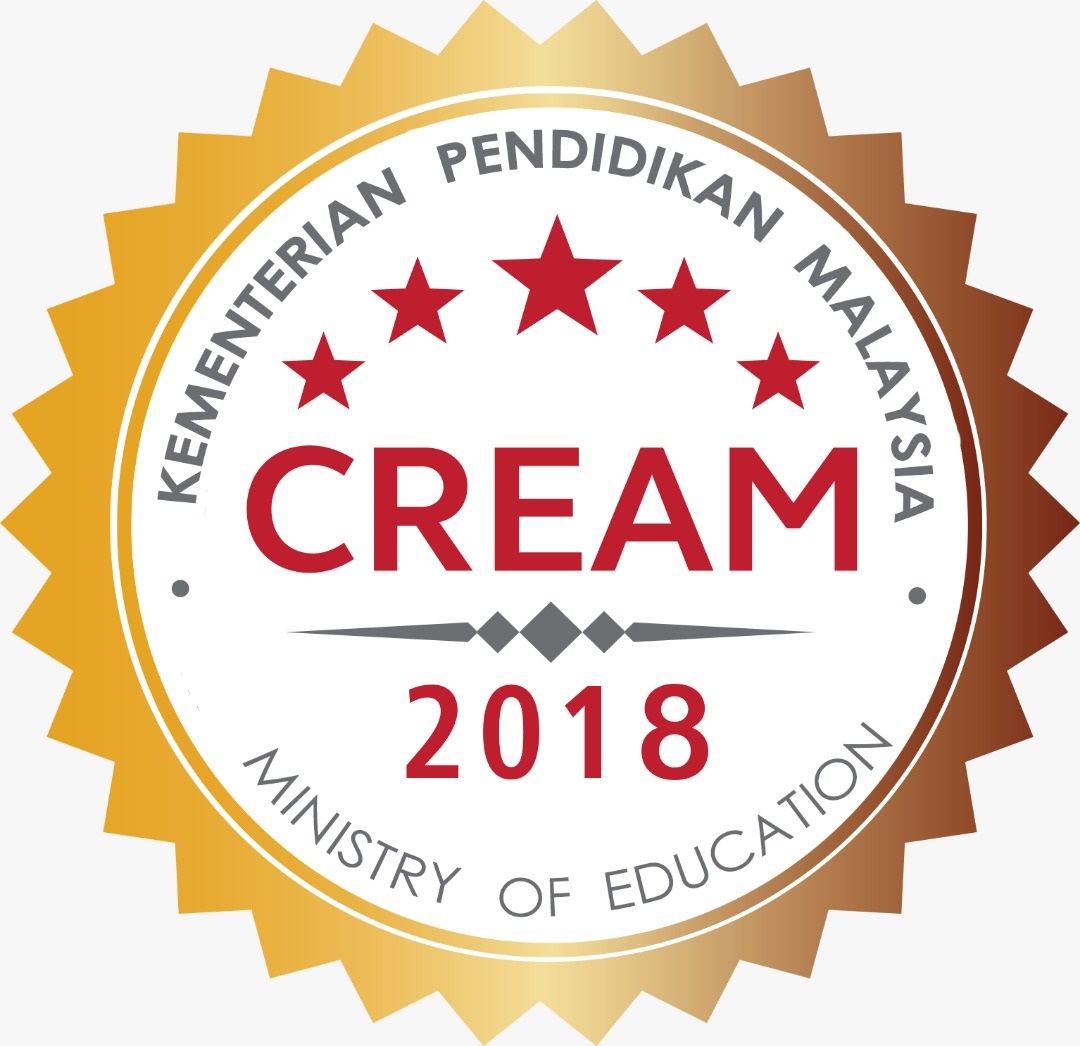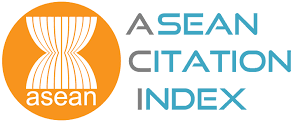Effect of Alkalization Time on the Toughness and Strength of Jute Sack Waste Lamina Composite as an Alternative Car Bumper Material
DOI:
https://doi.org/10.15282/ijame.21.4.2024.6.0909Keywords:
Jute sack waste, Alkalization, Laminate composite, Toughness, Tensile strangthAbstract
Alkaline conditions, such as the concentration of Sodium Hydroxide (NaOH) and the duration of soaking time, significantly affect the mechanical properties of natural fiber and its composites. The objective of this study is to investigate the effect of alkali treatment on the impact toughness and tensile strength of laminated composites made from jute sack (burlap) waste woven fibers, which can potentially be used as a substitute material for vehicle bumpers. The experimental group comprised specimens that were alkalized by manipulating the duration of soaking and the concentration of alkali in the woven fibers of jute sack waste, with a fiber orientation pattern of 0°/+90°/0°/+90°/0°. The fiber immersion time is 24 hours, 48 hours, and 72 hours when using a 5% NaOH concentration. Epoxy resin serves as a composite matrix, specifically epoxy resin and epoxy hardener. Two sets of specimens underwent tests to measure their tensile and impact strengths. The result of the study reveals that the jute sack laminated epoxy composite with a fiber orientation of 0°/+90°/0°/+90°/0° had the maximum tensile strength and impact strength after a 48-hour alkaline treatment at 14.99 MPa and 0.010 J/mm2, respectively. The alkali treatment has successfully enhanced the tensile strength of the jute fiber by approximately 42.49% and 39.66% when compared to the untreated jute fiber. The study concludes that the utilization of alkaline process with NaOH improves the surface area of the fiber, compatibility with polymer matrix and mechanical strength.
References
[1] S. Shahinur, M.M.A. Sayeed, M. Hasan, A.S.M. Sayem, J. Haider, and S. Ura, “Current development and future perspective on natural jute fibers and their biocomposites,” Polymers (Basel), vol. 14, no. 7, p. 1445, 2022.
[2] C. Tezara, M. Zalinawati, J.P. Siregar, J. Jaafar, M.H.M. Hamdan, A.N. Oumer, et al., “Effect of Stacking Sequences, Fabric Orientations, and Chemical Treatment on the Mechanical Properties of Hybrid Woven Jute–Ramie Composites,” International Journal of Precision Engineering and Manufacturing-Green Technology, vol. 9, pp. 273–285, 2022.
[3] J.J. Andrew and H.N. Dhakal, “Sustainable biobased composites for advanced applications: recent trends and future opportunities–A critical review,” Composites Part C: Open Access, vol. 7, p. 100220, 2022.
[4] H. Singh, J.I.P. Singh, S. Singh, V. Dhawan, and S.K. Tiwari, “A brief review of jute fibre and its composites,” Materials Today Proceedings, vol. 5, no. 14, pp. 28427–28437, 2018.
[5] H. Song, J. Liu, K. He, and W. Ahmad, “A comprehensive overview of jute fiber reinforced cementitious composites,” Case Studies in Construction Materials, vol. 15, p. e00724, 2021.
[6] M. Jawaid, H.P.S.A. Khalil, and A.A. Bakar, “Woven hybrid composites: Tensile and flexural properties of oil palm-woven jute fibres based epoxy composites,” Materials Science and Engineering: A, vol. 528, no. 15, pp. 5190–5195, 2011.
[7] N. Mohd Nurazzi, A. Khalina, M. Chandrasekar, H.A. Aisyah, S. Ayu Rafiqah, R.A. Ilyas, et al., “Effect of fiber orientation and fiber loading on the mechanical and thermal properties of sugar palm yarn fiber reinforced unsaturated polyester resin composites,” Polimery, vol. 65, pp. 115-124, 2020.
[8] H.A. Aisyah, M.T. Paridah, S.M. Sapuan, R.A. Ilyas, A. Khalina, N.M Nurazzi, et al “A comprehensive review on advanced sustainable woven natural fibre polymer composites,” Polymers (Basel), vol. 13(3), p. 471, 2021.
[9] P. Sahu and M.K. Gupta, “A review on the properties of natural fibres and its bio-composites: Effect of alkali treatment,” Proceedings of the Institution of Mechanical Engineers, Part L: Journal of Materials: Design and Applications, vol. 234, no. 1, pp. 198–217, 2020.
[10] X. Wang, L. Chang, X. Shi, and L. Wang, “Effect of hot-alkali treatment on the structure composition of jute fabrics and mechanical properties of laminated composites,” Materials, vol. 12, no. 9, pp. 1386, 2019.
[11] S. Huang, Q. Fu, L. Yan, and B. Kasal, “Characterization of interfacial properties between fibre and polymer matrix in composite materials–A critical review,” Journal of Materials Research and Technology, vol. 13, pp. 1441–1484, 2021.
[12] S. Sathishkumar, A. V Suresh, M. Nagamadhu, and M. Krishna, “The effect of alkaline treatment on their properties of Jute fiber mat and its vinyl ester composites,” Materials Today Proceeding, vol. 4, no. 2, pp. 3371–3379, 2017.
[13] M.H.M. Hamdan, J.P. Siregar, D. Bachtiar. M.R.M. Rejab, M. Samykano, E.H. Agung, et al., “Effect of alkaline treatment on mechanical properties of woven ramie reinforced thermoset composite,” in IOP Conference Series: Materials Science and Engineering, vol. 4(2), pp 3371-33798, 2017.
[14] T. Cionita, J.P. Siregar, W.L. Shing, C.W. Hee, D.F. Fitriyana, J. Jaafar, et al., “The influence of filler loading and alkaline treatment on the mechanical properties of palm kernel cake filler reinforced epoxy composites,” Polymers (Basel), vol. 14, no. 15, p. 3063, 2022.
[15] A. Majumder, F. Stochino, I. Farina, M. Valdes, F. Fraternali, and E. Martinelli, “Physical and mechanical characteristics of raw jute fibers, threads and diatons,” Construction and Build Materials, vol. 326, p. 126903, 2022.
[16] S. Al Azad, H. Deb, T.M. Rumi, and M.R. Ahmed, “Effect of Alkalization on Fabrication and Mechanical Properties of Jute Fiber Reinforced Jute-Polyester Resin Hybrid Epoxy Composite,” American Journal of Current Chemistry, vol. 3(1), pp. 1-10, 2017.
[17] P.T.R. Swain and S. Biswas, “A comparative analysis of physico‐mechanical, water absorption, and morphological behaviour of surface modified woven jute fiber composites,” Polymer Composites, vol. 39, no. 8, pp. 2952–2960, 2018.
[18] G. Rangasamy, S. Mani, S.K.S. Kolandavelu, M.S. Alsoufi, A.M.M. Ibrahim, S. Muthusamy, et al., “An extensive analysis of mechanical, thermal and physical properties of jute fiber composites with different fiber orientations,” Case Studies in Thermal Engineering, vol. 28, p. 101612, 2021.
[19] A. Kumar and A. Srivastava, “Preparation and mechanical properties of jute fiber reinforced epoxy composites,” Industrial Engineering & Management, vol. 6, no. 4, p. 1000234, 2017.
[20] R.V. Patel, A. Yadav, and J. Winczek, “Physical, mechanical, and thermal properties of natural fiber-reinforced epoxy composites for construction and automotive applications,” Applied Sciences, vol. 13, no. 8, p. 5126, 2023.
[21] I.D.S. Silva, J.J.P. Barros, A. Albuquerque, N.G. Jaques, M.V.L. Fook, and R.M.R. Wellen, “Insights into the curing kinetics of epoxy/PLA: Implications of the networking structure.,” Express Polymer Letters, vol. 14, no. 12, 2020.
[22] C. Verma, L.O. Olasunkanmi, E.D. Akpan, M.A. Quraishi, O. Dagdag, M. El Gouri, et al., “Epoxy resins as anticorrosive polymeric materials: A review,” Reactive and Functional Polymers, vol. 156, p. 104741, 2020.
[23] B. Biswas, N.R. Bandyopadhyay, G. Mandal, and A. Sinha, “Effect of alkaline treatment on mechanical properties of composites: Unsaturated polyester reinforced ZrO2/jute and sisal,” Polymers and Polymer Composites, vol. 29, no. 9_suppl, pp. S1000–S1008, 2021.
[24] B. Mushtaq, F. Ahmad, Y. Nawab, and S. Ahmad, “Optimization of the novel jute retting process to enhance the fiber quality for textile applications,” Heliyon, vol. 9, no. 11, 2023.
[25] R. Sharma, G.P. Singh, and A. Joshi, “The effect of alkali treatment on thermo-physical properties of Calotropis Procera (Aak) fibres,” Materials Today Proceeding, vol. 80, pp. 1066–1070, 2023.
[26] L.D.M. Neuba, R.F.P Junio, A.T. Souza, Y.S. Chaves, S. Tavares, A.A. Palmeira, et al., “Alkaline treatment investigation for sedge fibers (Cyperus malaccensis): a promising enhancement,” Polymers (Basel), vol. 15, no. 9, p. 2153, 2023.
[27] R.M. Luqman, M.A. Suhot, and M.Z. Hassan, “Effect of alkaline treatment on the single natural fiber strength using Weibull analysis probabilistic model,” Materials Today Proceeding, 2023.
[28] A.S. Afkari, A.L. Juwono, and S. Roseno, “Effect of fibre stacking orientation on the mechanical and thermal properties of laminated kenaf fibre/epoxy composites,” Advances in Materials and Processing Technologies, vol. 9, no. 4, pp. 1634–1651, 2023.
[29] I. Zahrotin, A.L. Juwono, and S. Roseno, “Water content and nail head pulled-through strength of epoxy/Sumberejo kenaf fiber composite with fiber orientation 0°/0°/0°/0° and 0°/90°/0°/90°,” in AIP Conference Proceedings, AIP Publishing, 2646, 060018, 2023.
[30] Z.-C. Huang, N.-L. Tang, Y.-Q. Jiang, and Q. Zhang, “Effect of repeated impacts on the mechanical properties of nickel foam composite plate/AA5052 self-piercing riveted joints,” Journal of Materials Research and Technology, vol. 23, pp. 4691–4701, 2023.
[31] ASTM D4812-19e1. Standard Test Method for Unnotched Cantilever Beam Impact Resistance of Plastics. ASTM International.
[32] T. Mauseth, M. Lou Dunzik-Gougar, S. Meher, and I. J. van Rooyen, “Determining the tensile strength of fuel surrogate TRISO-coated particle buffer, IPyC, and buffer-IPyC interlayer regions,” Journal of Nuclear Materials, vol. 583, p. 154540, 2023.
[33] ASTM D638-14. Standard Test Method for Tensile Properties of Plastics. ASTM International.
[34] B. Cramariuc, R. Cramariuc, R. Scarlet, L.R. Manea, I.G. Lupu, and O. Cramariuc, “Fiber diameter in electrospinning process,” Journal of Electrostatics, vol. 71, no. 3, pp. 189–198, 2013.
[35] C.M. Suárez, P.R. Montejo, and O.G. Junco, “Effects of alkaline treatments on natural fibers,” in Journal of Physics: Conference Series, IOP Publishing, 2021, p. 012056.
[36] E. Widodo, A. Akbar, and B.I. Putra, “The Effect of Alkalization on the Mechanical Properties of Sansevieria Fiber Bio-Composit,” Academia Open, vol. 8, no. 2, p. 10.21070, 2023.
[37] M.K. Bin Bakri, E. Jayamani, S. Hamdan, M. Rahman, K.H. Soon, and A. Kakar, “Fundamental study on the effect of alkaline treatment on natural fibers structures and behaviors,” Journal Engineering and Applied Science, vol. 11, pp. 8759–8763, 2016.
[38] M. Boumaaza, A. Belaadi, and M. Bourchak, “The effect of alkaline treatment on mechanical performance of natural fibers-reinforced plaster: Optimization using RSM,” Journal of Natural fibers, vol. 18, no. 12, pp. 2220–2240, 2021.
[39] A.F. Jusoh, M.R.M. Rejab, J.P. Siregar, and D. Bachtiar, “Natural fiber reinforced composites: a review on potential for corrugated core of sandwich structures,” MATEC Web of Conferences, vol. 74, p. 00033, 2016.
[40] M.M. Kabir, M.Y. Al-Haik, S.H. Aldajah, K.T. Lau, and H. Wang, “Impact properties of the chemically treated hemp fibre reinforced polyester composites,” Fibers and Polymers, vol. 21, pp. 2098–2110, 2020.
[41] C. Lv and J. Liu, “Alkaline degradation of plant fiber reinforcements in geopolymer: a review,” Molecules, vol. 28, no. 4, p. 1868, 2023.
[42] P. Ragupathi, N. M. Sivaram, G. Vignesh, and M.D. Selvam, “Enhancement of impact strength of a car bumper using natural fiber composite made of jute,” i-Manager’s Journal on Mechanical Engineering, vol. 8, no. 3, p. 39, 2018.
[43] J. Claus, R.A.M. Santos, L. Gorbatikh, and Y. Swolfs, “Effect of matrix and fibre type on the impact resistance of woven composites,” Composite Part B: Engineering, vol. 183, p. 107736, 2020.
[44] A.Y. Al-Maharma and P. Sendur, “Review of the main factors controlling the fracture toughness and impact strength properties of natural composites,” Materials Resesearch Express, vol. 6, no. 2, p. 022001, 2018.
[45] S. Zhandarov and E. Mäder, “Characterization of fiber/matrix interface strength: applicability of different tests, approaches and parameters,” Composite Science Technology, vol. 65, no. 1, pp. 149–160, 2005.
[46] B. Ak, “Composites reinforced with cellulose based fibers,” Progress in Polymer Science, vol. 24, pp. 221–274, 1994.
[47] V. Fiore, G. Di Bella, and A. Valenza, “The effect of alkaline treatment on mechanical properties of kenaf fibers and their epoxy composites,” Composite Part B: Engineering, vol. 68, pp. 14–21, 2015.
[48] J.P. Wagh, R.R. Malagi, and M. Madgule, “Investigative studies on natural fiber reinforced composites for automotive bumper beam applications,” Journal of Reinforced Plastics and Composites, p. 07316844241260764, 2024.
[49] A. Saidah, S.E. Susilowati, and Y. Nofendri, “Effect of fiber loading and alkali treatment on rice straw fiber reinforced composite for automotive bumper beam application,” International Journal on Advanced Science Engineering Information Technology), vol. 9, no. 6, pp. 1865-1870, 2019.
[50] A.P. Irawan, P.T. Anggarina, D.W. Utama, N. Najid, M.Z. Abdullah, J.P. Siregar, et al., “An Experimental Investigation into Mechanical and Thermal Properties of Hybrid Woven Rattan/Glass-Fiber-Reinforced Epoxy Composites,” Polymers (Basel), vol. 14, no. 24, p. 5562, 2022.
[51] A. Farooq, S.R. Islam, M. Al-Amin, M.K. Patoary, M.T. Hossain, M.T. Khawar, et al., “From farm to function: Exploring new possibilities with jute nanocellulose applications,” Carbohydrate Polymer, vol. 342, p. 122423, 2024.
[52] D. Verma and K.L. Goh, “Effect of mercerization/alkali surface treatment of natural fibres and their utilization in polymer composites: Mechanical and morphological studies,” Journal of Composites Science, vol. 5, no. 7, p. 175, 2021.
[53] K. Sankar, A.C. Constâncio Trindade, and W.M. Kriven, “The influence of alkaline treatment on the mechanical performance of geopolymer composites reinforced with Brazilian malva and curaua fibers,” Journal of the American Ceramic Society, vol. 106, no. 1, pp. 339–353, 2023.
[54] H. Cheng-Yong, L. Yun-Ming, M.M.A.B. Abdullah, O, Shee-Ween, H. Yong-Jie, et al., “Durability of natural fiber-reinforced alkali-activated composites, in ” Advanced Fiber-Reinforced Alkali-Activated Composites: Design, Mechanical Properties, and Durability, A. Çevik and A. Niş, Eds., Elsevier, p. 415-448, 2023.
[55] N.M. Nurazzi, M.R.M. Asyraf, S. Fatimah Athiyah, S.S. Shazleen, S.A. Rafiqah, M.M. Harussani et al., “A review on mechanical performance of hybrid natural fiber polymer composites for structural applications,” Polymers (Basel), vol. 13, no. 13, p. 2170, 2021.
[56] Y. Zhou, M. Fan, and L. Chen, “Interface and bonding mechanisms of plant fibre composites: An overview,” Composite Part B: Engineering, vol. 101, pp. 31–45, 2016.
Downloads
Published
Issue
Section
License
Copyright (c) 2024 The Author(s)

This work is licensed under a Creative Commons Attribution-NonCommercial 4.0 International License.







